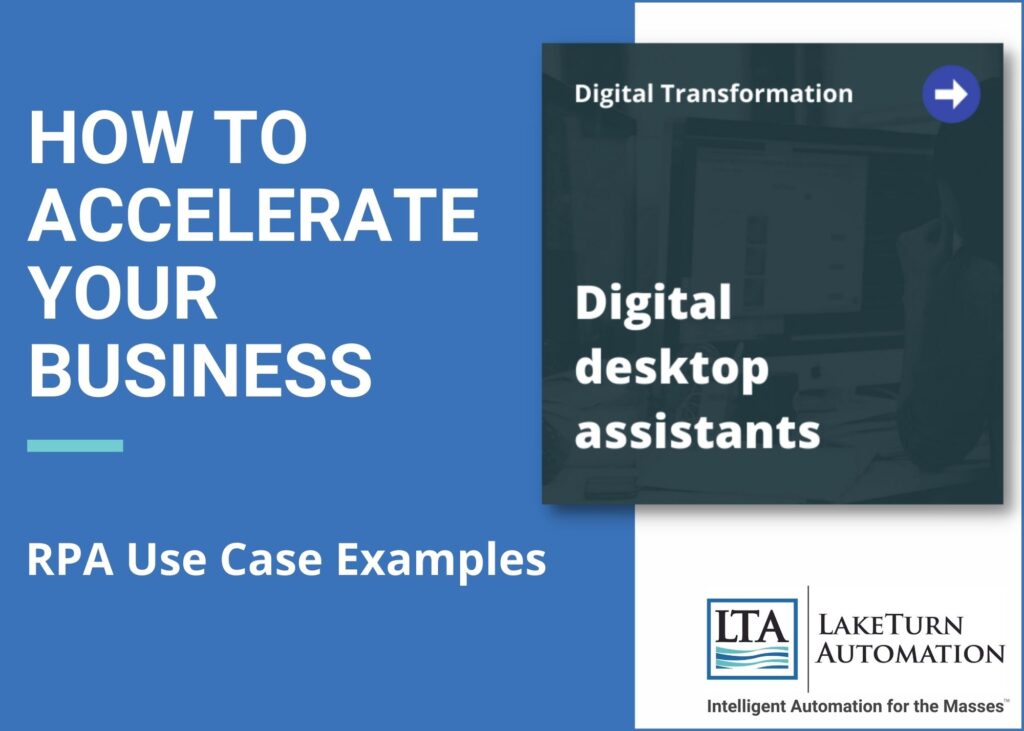Per a recent study by Okta, the average SME uses 73 different key business applications to run their company (up 22% over the last four years). More challenging, over 80% of these applications are “best of breed” stand-alone solutions, typically requiring significant back-office manual intervention to move data between systems.
While “best of breed” solutions offer an unsurpassed experience for internal and external customers, today’s multi-solution technology stack has created a back-office environment that is increasingly complex and fragmented – leaving back-office team members responsible for manually stitching these disparate applications into a complicated patchwork quilt of keyboard-based workflows.
To illustrate, let’s examine a day in the life of a back-office HR Support resource (or Finance, or IT, or….) which might include the following:
- After receiving a morning notification from Inedeed.com of 15 new applicants for a position, extracting and entering these applicants into the Bamboo HR system.
- Adding new content to the iSpring Learning Management System and returning to Bamboo HR to update available course content.
- Recent Kronos issues have disrupted the time interface to ADP, requiring the extraction and manual entry of time data into payroll.
- Due to GL complexities, ADP does not integrate with the Sage Accounting system, requiring the use of Excel to create a GL extract that must be reconciled after each payroll run.
- Notification via e-mail of a new employee starting tomorrow initiates a very long list of manual system setup and configuration workflows: HRIS, Payroll, Performance Management, LMS, Concur Expense, Kronos Time Entry, O365, Leave Management, Benefits Admin, Asana, Slack, etc.).
- Numerous ad-hoc employee inquiries regarding the status of payroll, benefits, reimbursements, leave balance, etc. Each request requiring access and navigation in a specific system to inquire and respond.
As you can see, today’s disparate systems are managing the support employees instead of the support employees managing the systems. To combat these inefficient and frustrating manual workflows, companies are now utilizing Digital Assistants built using RPA technology acting as desktop partners. These robot assistants are manually called upon as-needed (via a simple double-click on an icon) to automatically execute specific repetitive back-office activities (like those listed above and many more).
This hybrid human/bot work arrangement provides back-office team members with the tools required to increase efficiency (typically 25%+) and, more importantly, the extra time and work engagement to provide prompt and personal 1-1 service to internal and external stakeholders requiring special assistance.
Contact us today to learn more about how to accelerate the efficiency of your back-office support team with Digital Assistants, allowing them to focus more on what matters most.
